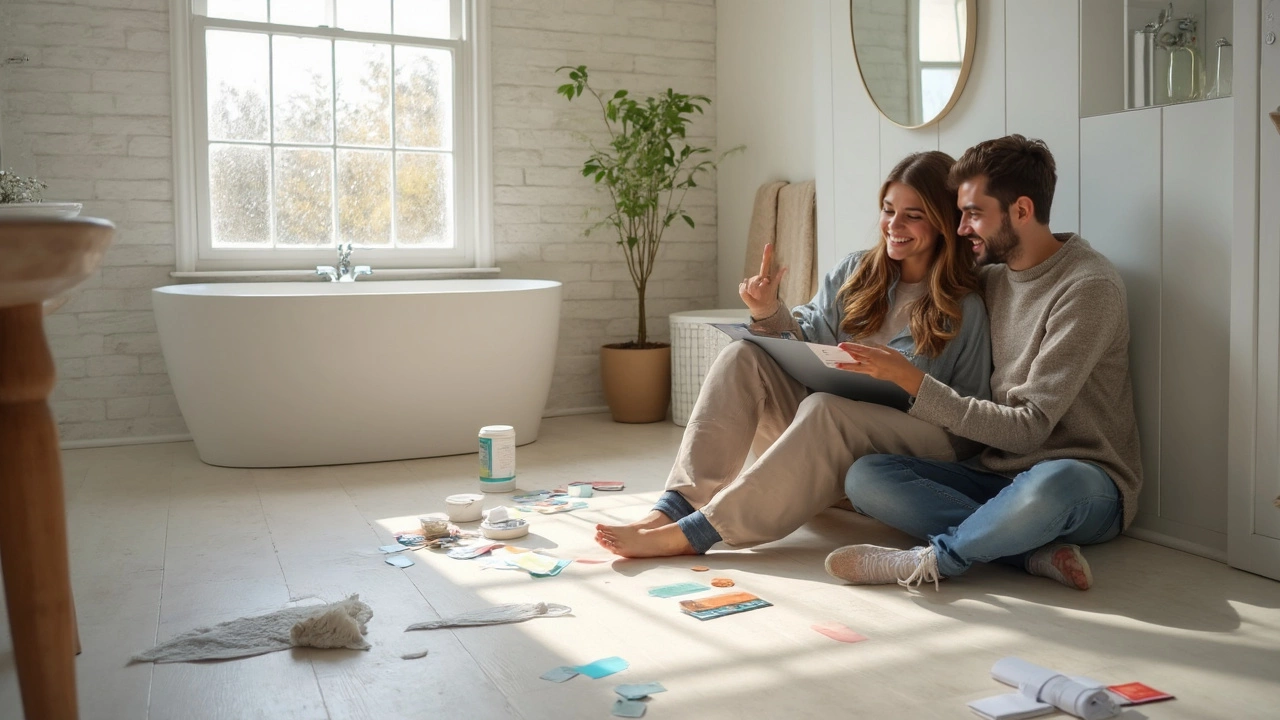$10 Budget Tips for Home Construction – Real Ways to Save Money
Thinking you need a big bank account to tackle a home project? Not true. You can make solid progress with ideas that cost as little as $10 a time. Below are straightforward tricks drawn from real UK builds, garden rooms, and extensions that keep the budget tight while the results look great.
Use Low‑Cost Materials Smartly
One of the fastest ways to shave pounds off a build is picking cheaper, yet sturdy, materials. For example, using standard concrete blocks for non‑structural walls can be $2‑$3 per block, leaving room for a $10‑$15 bulk purchase of a high‑grade cement mix that adds strength where it matters. Another win is opting for recycled timber for internal framing – you can often find pallets or reclaimed beams at demolition sites for a few pounds each.
Don’t forget the 3‑4‑5 method when laying out walls. It’s a free geometry trick that guarantees right angles without pricey laser tools. All you need is a tape measure and a bit of math, and you’ll avoid costly corrections later.
DIY Finishes That Look Professional
Finishing touches usually blow the budget. Swap expensive paint jobs for a simple chalk‑paint technique. One bucket of chalk paint costs about $15, but you can stretch it over two rooms if you sand and prime properly. Pair that with a quick, $10 dry‑fit of kitchen cabinets – the dry fit lets you adjust layout without committing to glue or screws, saving time and money.
For bathrooms, use a budget‑friendly tile layout. Instead of a full‑wall tile, tile only the splash zone and use a high‑quality waterproof paint for the rest. This approach can cut tiling costs by up to 60% while still looking sleek.
When it comes to extensions, remember the UK permitted‑development limits. Extending within the 10‑meter rule (or less) often means you skip planning fees. A modest side‑lean‑to can be built for a few thousand pounds, especially if you manage the labor yourself and only hire a certified electrician for wiring – that service can be booked for around $10 per hour in some regions.
Finally, keep an eye on the foundation. Small cracks are normal, but measuring width with a simple ruler (under $10) helps you decide if a professional is needed. Early detection stops bigger, expensive repairs down the line.
Bottom line: $10 ideas aren’t about cutting corners; they’re about being clever with resources. Use reclaimed materials, rely on free geometry tricks, and focus DIY effort on finish work. You’ll see real savings and still end up with a home you’re proud of.

